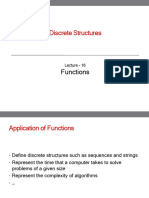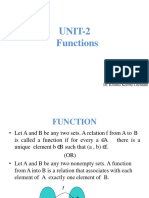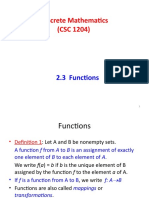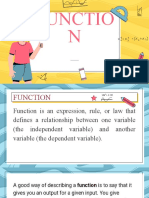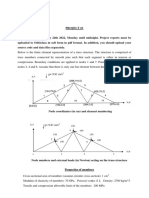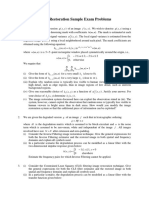0% found this document useful (0 votes)
37 views7 pagesFunction
The document provides a lesson note on functions, covering key concepts such as mapping, domain, co-domain, and the definition of a function. It outlines various types of functions including one-one, many-one, onto, constant, identity, and inverse functions, along with examples and conditions for each type. Additionally, it explains the representation of functions and includes steps for solving function problems.
Uploaded by
MONDAY AGURICopyright
© © All Rights Reserved
We take content rights seriously. If you suspect this is your content, claim it here.
Available Formats
Download as PDF, TXT or read online on Scribd
0% found this document useful (0 votes)
37 views7 pagesFunction
The document provides a lesson note on functions, covering key concepts such as mapping, domain, co-domain, and the definition of a function. It outlines various types of functions including one-one, many-one, onto, constant, identity, and inverse functions, along with examples and conditions for each type. Additionally, it explains the representation of functions and includes steps for solving function problems.
Uploaded by
MONDAY AGURICopyright
© © All Rights Reserved
We take content rights seriously. If you suspect this is your content, claim it here.
Available Formats
Download as PDF, TXT or read online on Scribd
/ 7











